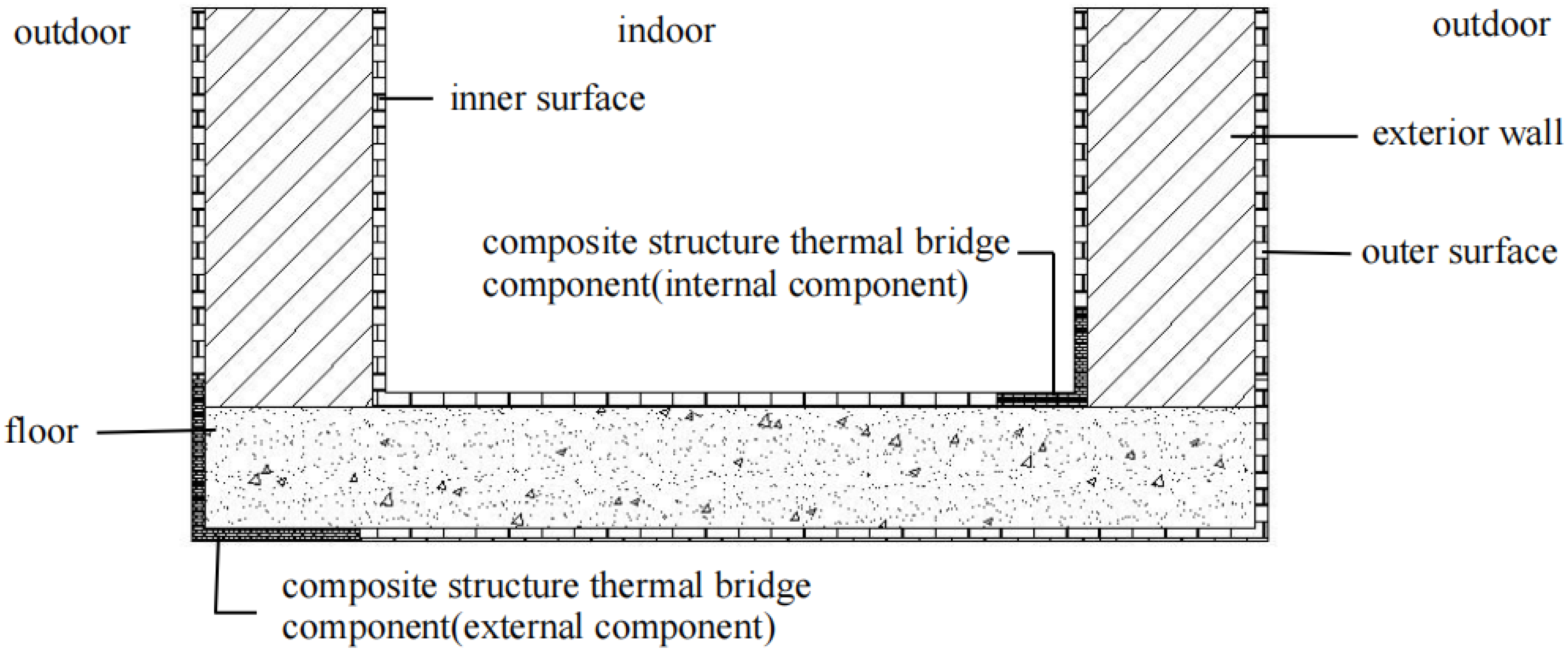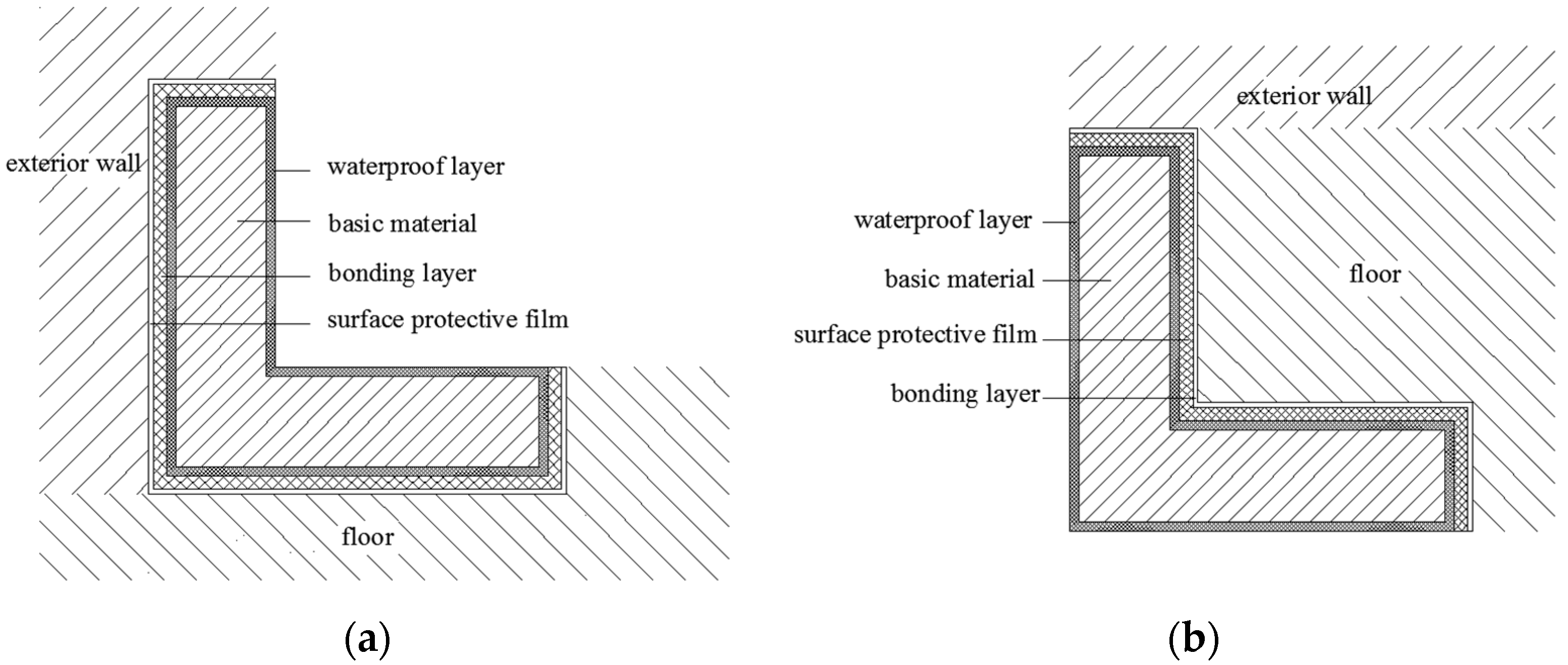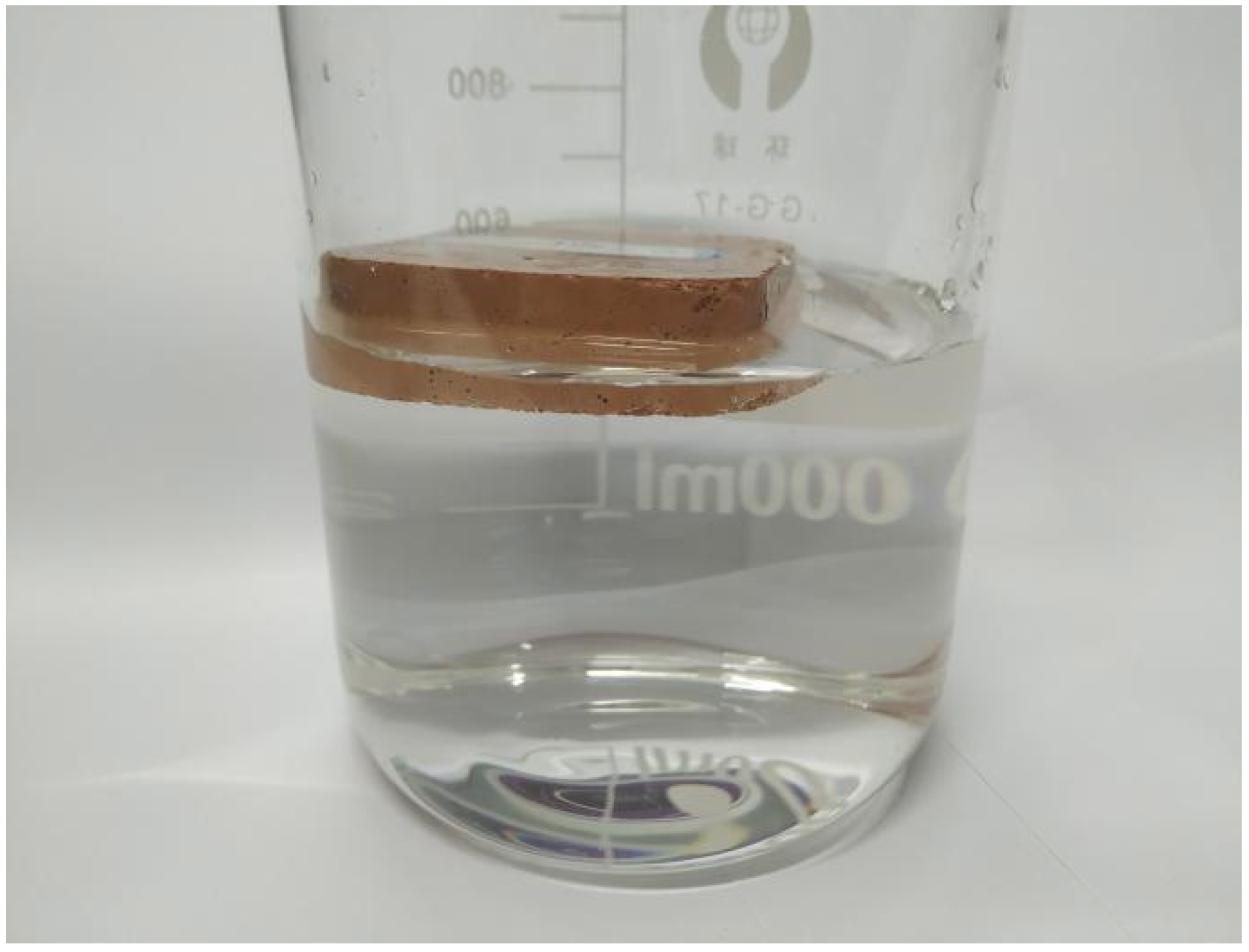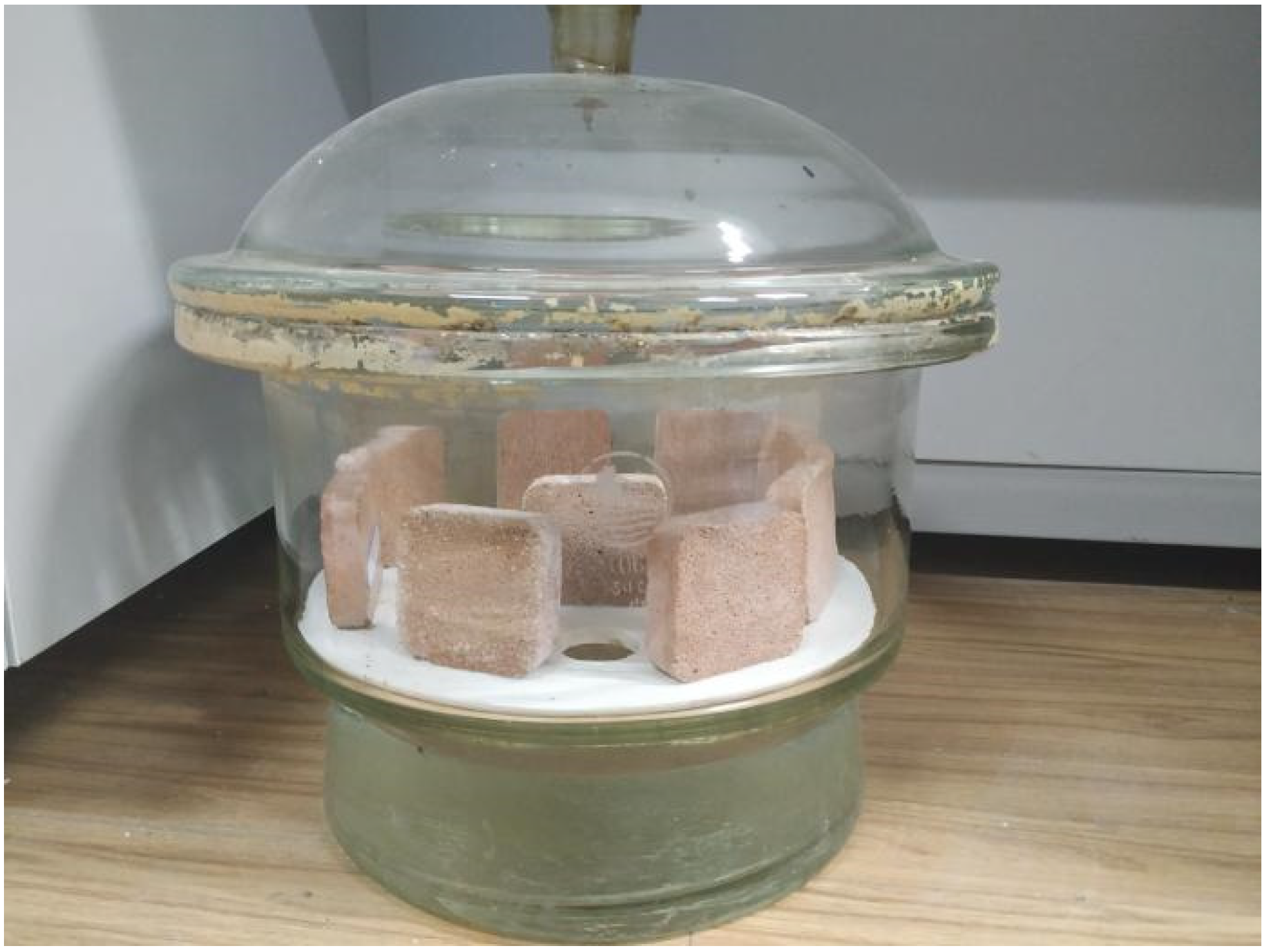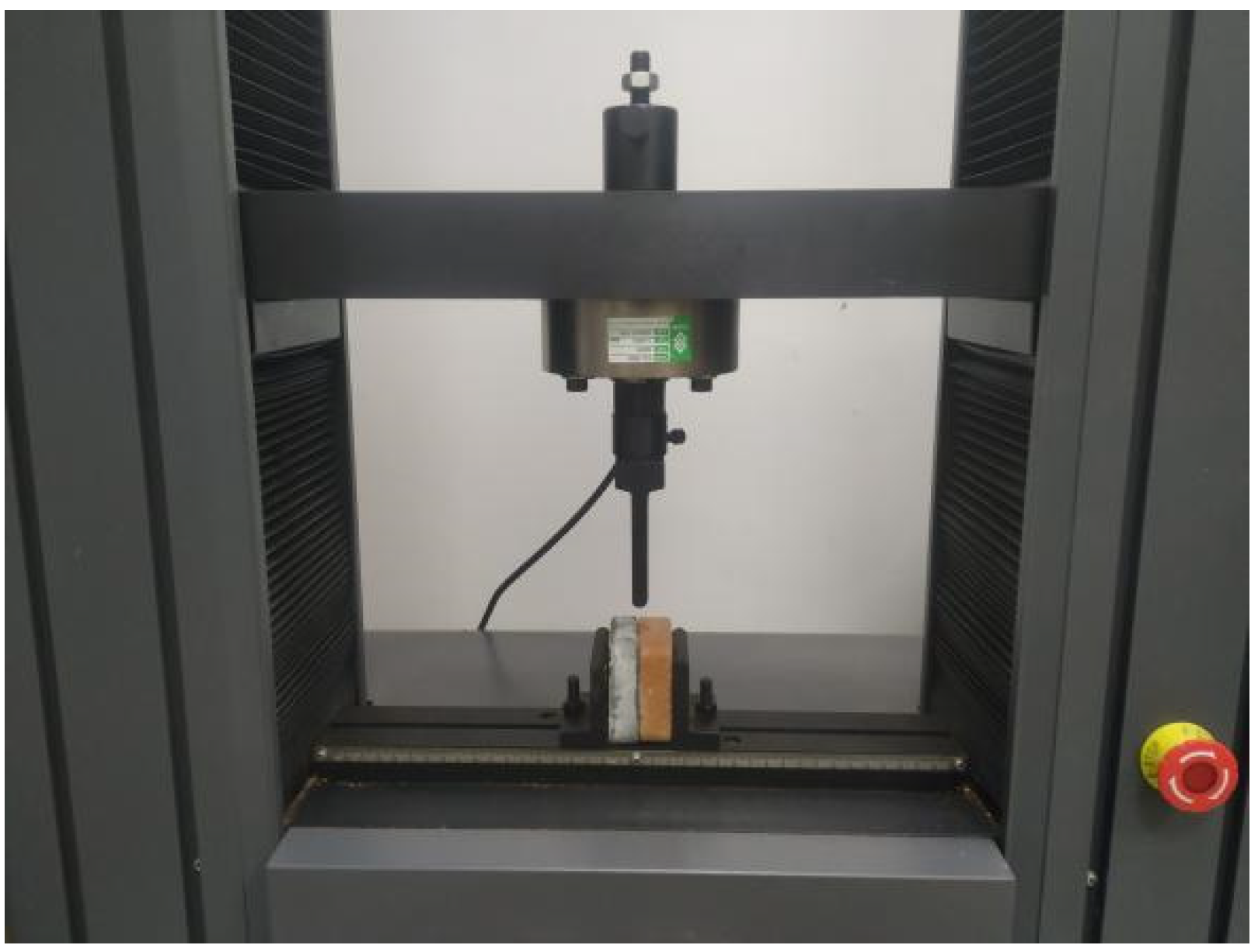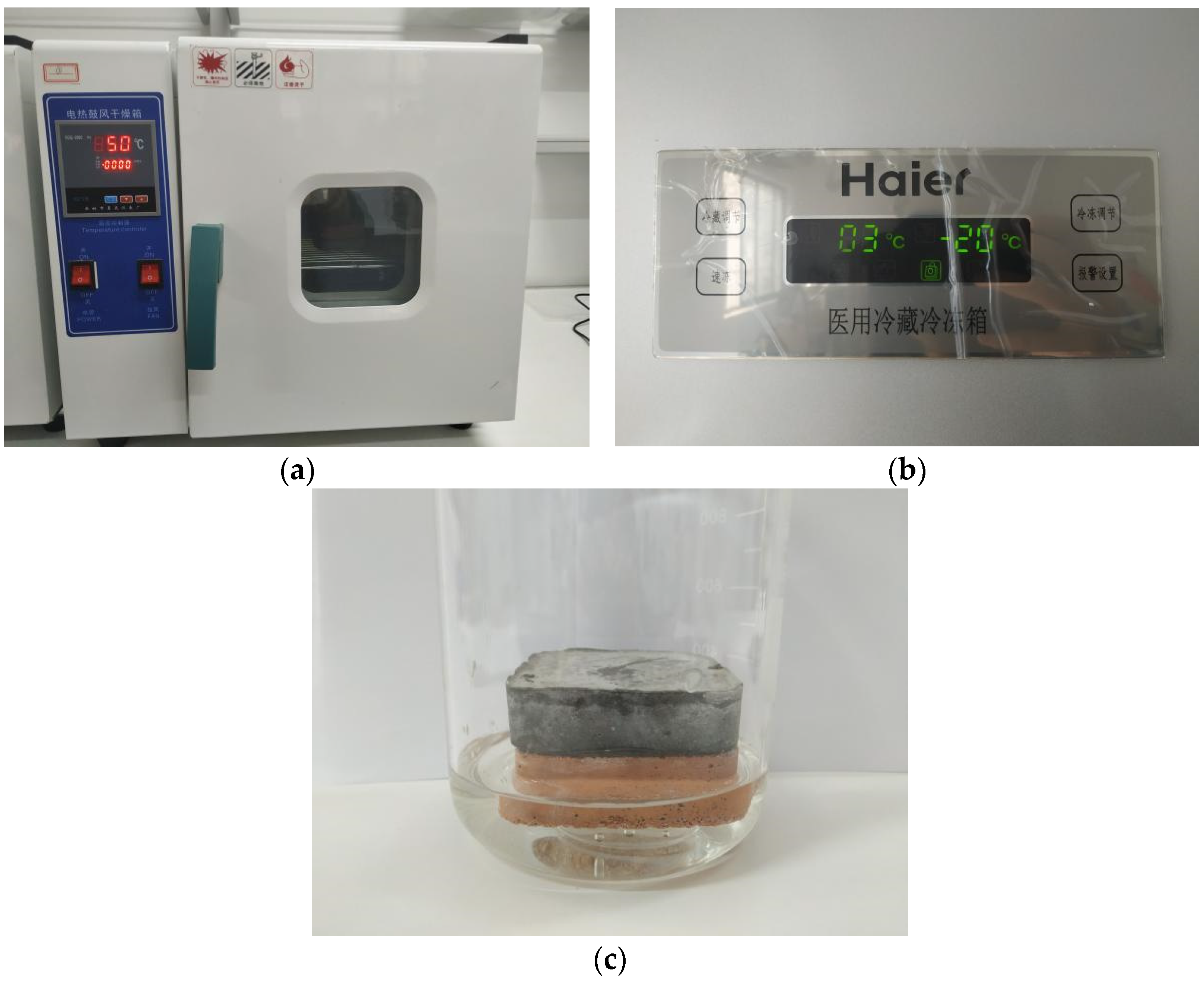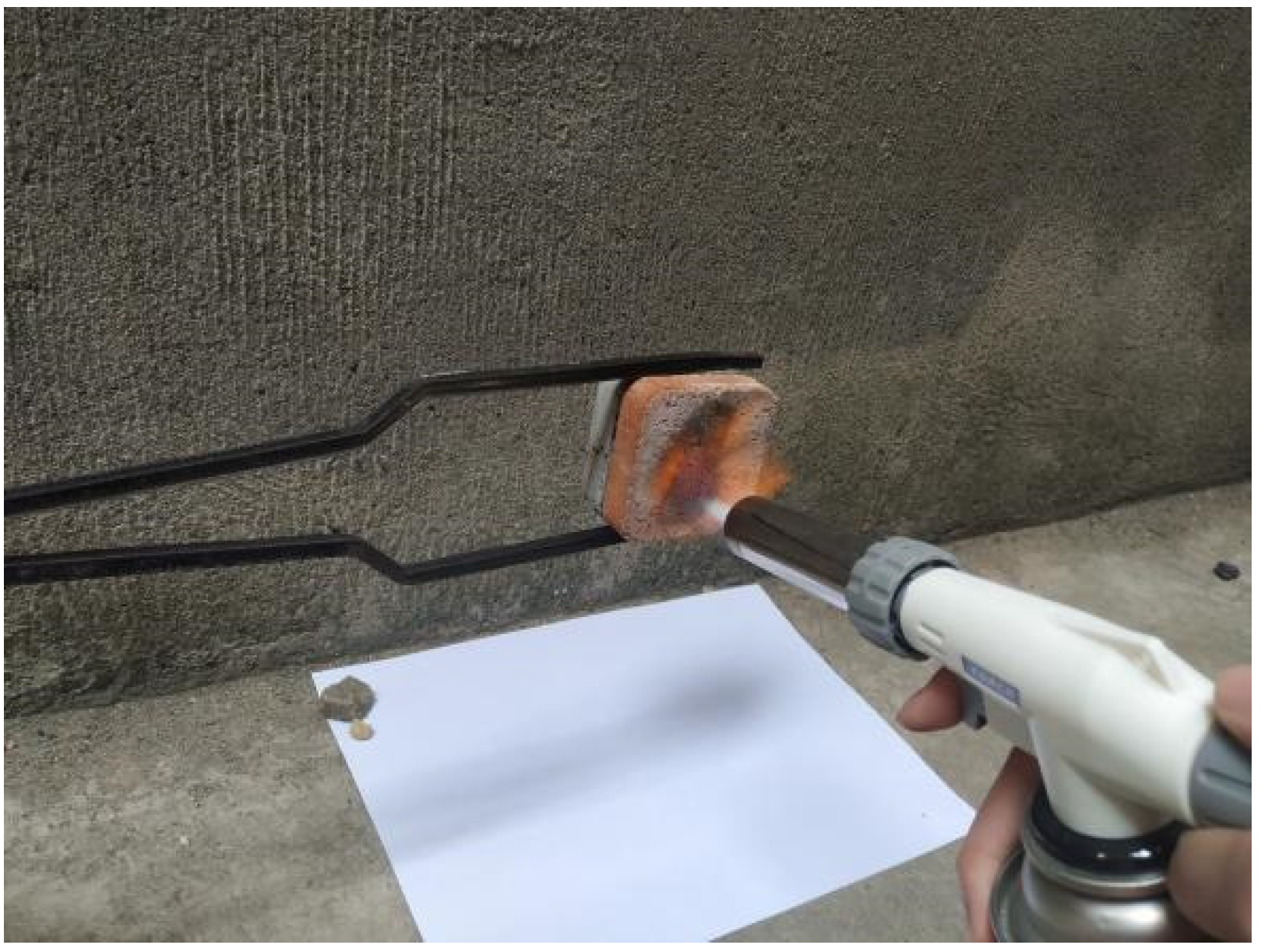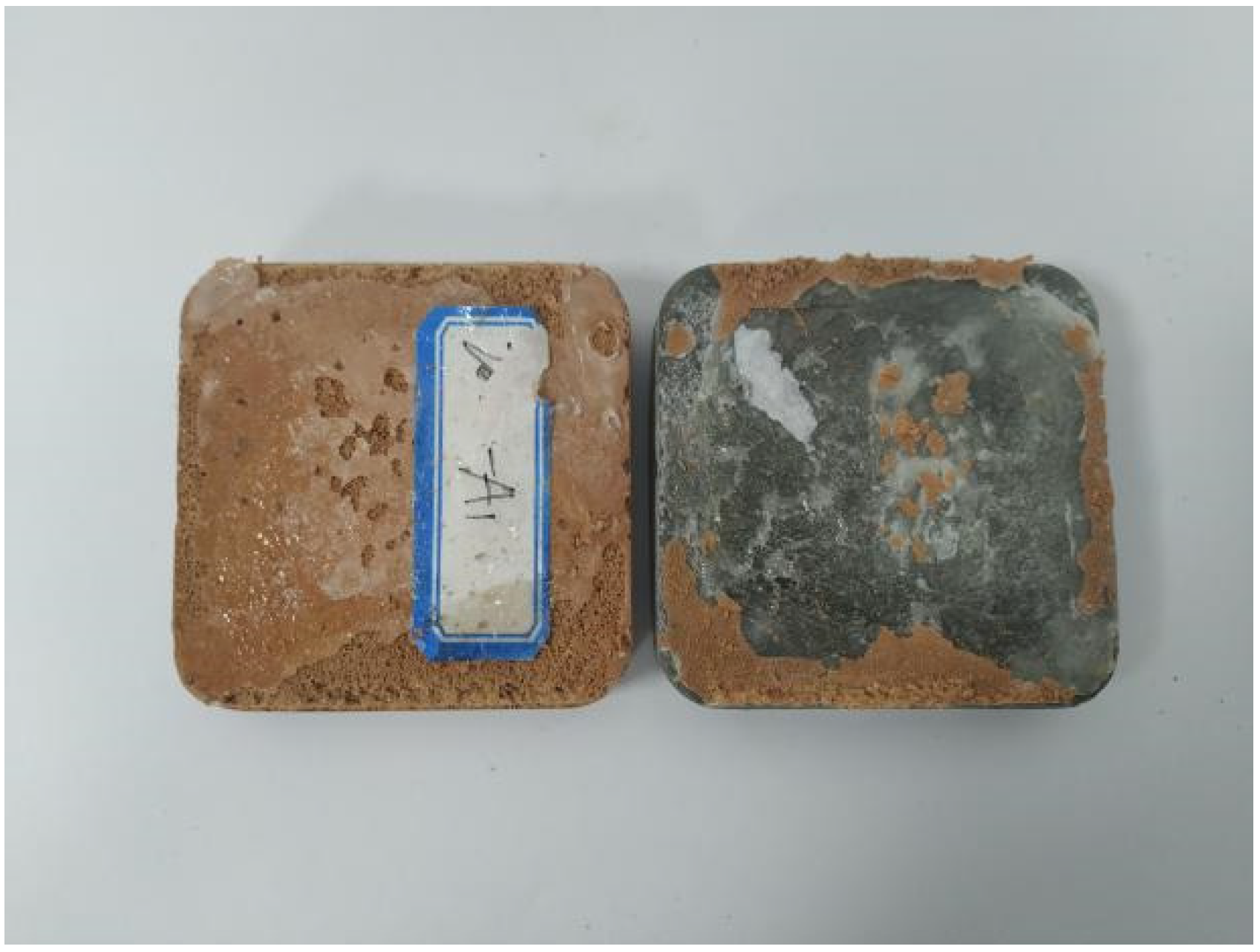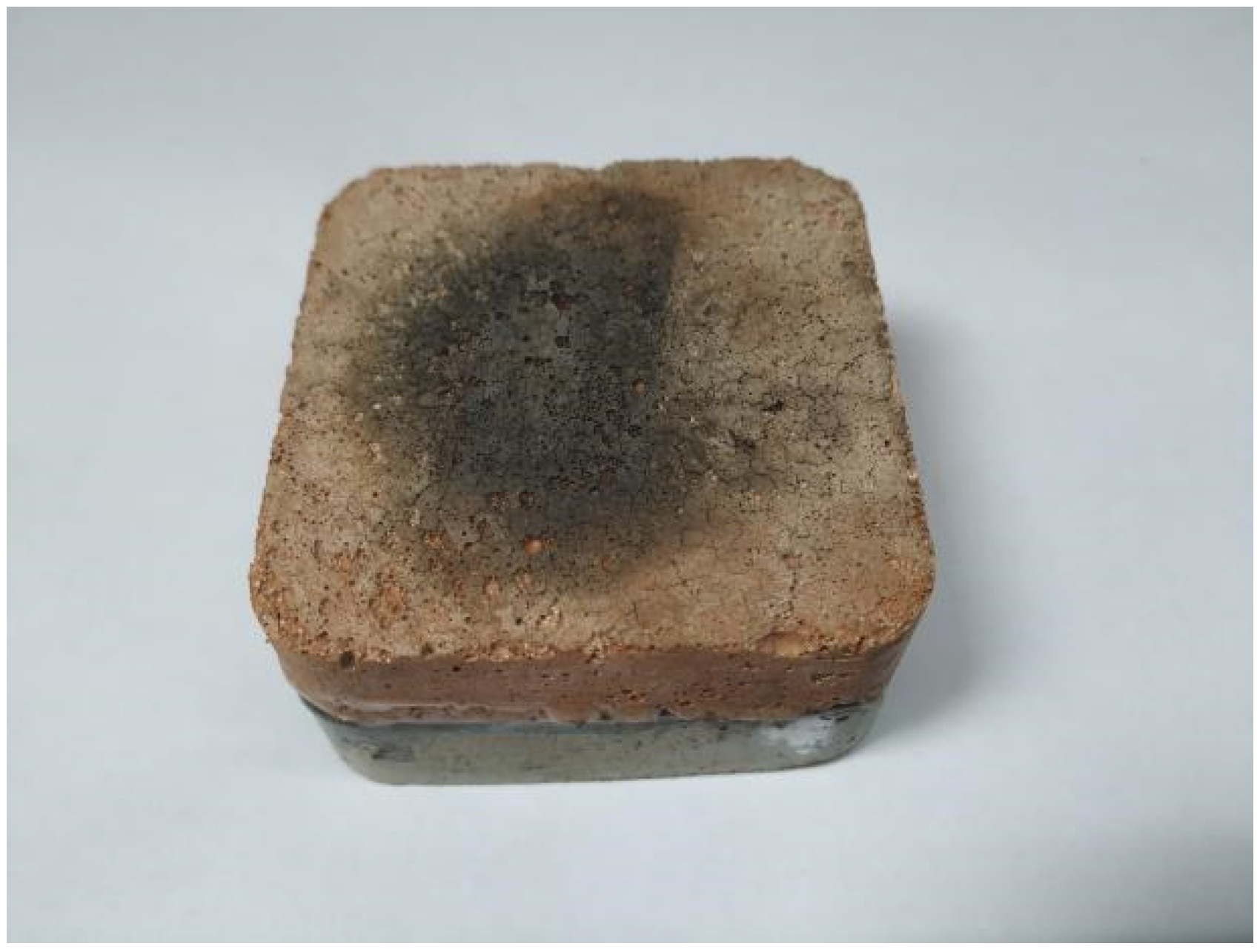1. Introduction
With the acceleration of China’s urbanization process, building energy consumption has continues to trend upward and the construction industry has become the second largest energy-consuming industry in China’s national economy [
1,
2]. The properties of prefabricated buildings in terms of energy savings, high efficiency, and recycling can meet the needs of sustainable building development, which is a major trend in the development of the construction industry [
3]. However, unlike traditional construction methods, their assembly construction method makes thermal bridges more likely to occur at the joints of various components of prefabricated buildings. The existence of thermal bridges leads to concentrated heat loss, increased building energy consumption, and can even result in mold and damage to the building structure [
4,
5]. Therefore, it is necessary to eliminate the impact of thermal bridges.
A great deal of research has been carried out concerning reducing the influence of thermal bridges on the thermal performance of buildings, mainly divided into three methods, namely, structural design, local insulation, and material substitution.
Structural design means to reasonably design and transform the thermal bridge according to the actual situation of the building after analyzing the parts that produce the thermal bridge and heat loss. In order to reduce the impact of structural thermal bridge areas in residential buildings, Aelenei [
6] proposed a new passive solar retrofit solution, named the Solar Bridge Retrofit System (SBRS), which uses transparent glazing to cover the load-bearing concrete frame of the facade to absorb solar radiation and conduct the heat slowly inward or to adjacent structures. In view of balcony thermal bridges, Ge [
7] changed the structure of the floor and balcony and introduced a balcony insulation board composed of 80 mm EPS modules, which was inserted between the floor slab and the balcony cantilever. Through 2D heat transfer and whole-building energy simulations, the results show that the balcony heat insulation board can effectively reduce the heat transfer of the balcony board; the lowest floor temperature is increased from 6.1 °C to 12.5 °C, and the heating energy consumption is reduced by 5–13%. Kotti [
8] proposed the introduction of “sunspace” in view of the thermal bridge effect of a single-family house in Greece by enclosing the balcony and semi-open space with glass. Glazing promotes solar gains, while overheating protection is achieved by setting openable glazing to maintain the natural ventilation during summer period. The results showed that the sunspace achieved the highest energy reduction, at 10%. The method of reducing the impact of thermal bridges through structural design requires targeted reconstruction of the building, which is not easy to popularize and apply, and often has a higher cost and a longer discount payback period. For example, the cost in article [
8] was 120% of the annual energy bill of the house.
Material substitution refers to the substitution of existing materials with materials which have lower thermal conductivity or better performance. Aiming at the thermal bridge at the joint of the metal curtain wall, Oh [
9] proposed replacing the metal frame with a plastic frame with lower thermal conductivity at the connection between the metal panel and the bracket. The results show that this method can effectively reduce heat loss at the metal plate connection and improve the building’s energy-saving potential. The thermal conductivity of the alternative metal curtain wall was reduced by 72%, and the annual heating energy demand was reduced by 26%. To improve the thermal performance of window systems, Ben-Nakhi [
10] replaced the natural marble layer of the window trim with a resistive marble of thermal conductivity half that of natural type, and replaced the aluminum window frame with a wooden frame to solve the thermal bridge in the window system. To improve the thermal performance of the envelope, Brás [
11] used cement–cork mortars instead of cement–EPS mortars to reduce condensation effects and minimize heat transfer in thermal bridges. Substitute materials cannot change the structural performance of the thermal bridge area, and need to have better thermal performance, which is difficult to explore and research.
Local insulation refers to installing a layer of insulation material in the thermal bridge area to improve its thermal performance. Theodosiou [
12] studied the thermal bridge effect in a typical three-story apartment building. The results showed that the correction of the thermal bridges, mainly carried out by the installation of a 3-cm layer of extruded polystyrene on the outer surface of the concrete beams and pillars, reduced the building’s annual heating load by about 29%. Ibrahim [
13] presented an innovative insulating coating based on a superinsulating silica aerogel material to tackle the thermal bridges resulting from windows offset from exterior walls. The study found that applying 1 and 2 cm of the insulating coating on thermal bridges reduced the windows’ offset energy load by about 24%, up to a maximum of 50%. Ben-Nakhi [
10] addressed the thermal bridge of a window system by adding a 5-cm thick insulating layer around the windows which extended from original insulating layer to the internal plaster. The simulation results showed great improvement in the thermal performance of a classical window system when modified to the edge insulation window system. Local insulation is the most common way to solve thermal bridges, because it is easy to implement and is usually effective.
Finding suitable building insulation materials is the key to solving the problem of thermal bridges effectively. Zhang [
14] studied the influence of different water–cement ratios, coagulants, foaming agents, and foam stabilizers on the performance of foamed concrete, optimized the optimal mix ratio, and prepared low-density foamed concrete insulation material with low density and both good strength and heat preservation performance. Yan [
15] used heat insulation particles to replace part of bamboo fibers to prepare a bamboo fiber–heat insulation particle composite core material vacuum insulation panel, which both reduced its production cost and effectively improved the thermal insulation performance of the vacuum insulation panels. Gao [
16] used perlite to prepare new foam insulation materials, including perlite/sodium silicate, hydrogen peroxide, cetyltrimethyl ammonium bromide, and rock wool. This new foam insulation material was lighter than other inorganic materials, with lower thermal conductivity and higher mechanical strength.
In preliminary research work, our research team explored the feasibility of preparing building insulation materials from agricultural and forestry wastes [
17,
18,
19]. The results show that this new type of biomass-based composite insulation material has good thermal insulation, high mechanical strength, and other excellent properties. In this study, we use this material as the basic material of thermal bridge insulation building components, improve the overall waterproof performance and moisture resistance performance through the composite structure design, and explores the feasibility of using it as a thermal bridge insulation building component.
The manuscript is organized as follows:
Section 1 introduces the current research background and research status;
Section 2 introduces the biomass insulation materials, waterproofing agents, and adhesives used in the research;
Section 3 explains the research methods;
Section 4 presents the results and discussion; finally,
Section 5 provides the main conclusions of the study.
4. Results and Discussion
4.1. Waterproof and Moisture-Proof Performance
The waterproof and moisture-proof performance test results are shown in
Table 6 and
Table 7. The measurement error of the mass involved in the experiment is controlled within ±0.1 g. Compared with the non-waterproof coating, the water absorption rate of the sample with the waterproof coating is significantly reduced, and the silicone waterproof agent is the best, reducing the water absorption rate by 38.92%. This is because the metakaolin in the base material contains silica and reacts with alkali to form silicate in the preparation process. The active ingredients of the silicone waterproofing agent can react with the hydroxyl groups on the surface of the silicate to form a mesh waterproof membrane layer; thus, it has good waterproof performance. Among the different surface treatment methods, brushing has the best effect, as it is more uniform than spraying and has better penetration than dipping. As the coating is brushed on more times, the waterproof effect becomes better. The water absorption rate of the water repellent agent applied four times is only 18.54%, which is 42.40% lower than the sample with one coating paint.
Similarly, the moisture absorption rate of the sample without waterproof coating was 6.99%; the moisture absorption rate of Sample 7 was the lowest at 2.12%, a decrease of 69.67%. This sample used the silicone water-proofing agent as waterproof coating, and the surface was brushed four times.
In practical engineering applications, the silicone waterproof agent is recommended as a waterproof coating, adopting a brushing surface treatment method. When jointly considering the engineering waterproof level requirements and economic costs, it is recommended that two coats of the waterproof agent be applied.
Although the water absorption and hygroscopic rate of the component are greatly reduced after waterproof treatment compared with the existing thermal insulation materials, such as foam concrete thermal insulation board, the component cannot meet requirements of water absorption below 10%. Therefore, adding waterproof agent during the preparation process may have a better effect, which will be further studied in future experiments.
4.2. Bonding Performance
The bonding performance test result of the composite structure thermal bridge insulation component is shown in
Table 12, and
Figure 8 shows the results of sample adhesive damage. The measurement error of the size involved in the experiment is controlled within ±0.1 mm, and the load is controlled within 100 N.
According to the proposed building component application scenario, attention should be paid to shedding. The bond point between the component and the concrete material is the most likely to be destroyed. According to the provisions in the performance indexes of common insulation system, the bond strength of the test piece, which has good bonding performance, should not be less than 0.10 MPa [
26], and failure occurs in the test piece. The shear strength of the adhesive layer of the sample is shown in
Table 8. Among the eight tested samples, the minimum shear strength is 0.432 MPa and the maximum is 0.536 MPa; the average shear strength is 0.491 mpa, which is greater than 0.10 MPa. Therefore, the component has good bonding performance.
It can be seen from the experimental data that the data from different samples are quite different, which may be related to the thickness of adhesive layer and bonding size. Because the component is small, the bonding method adopted is full bonding. Through experimental research, when the adhesive layer is uniform and the thickness is moderate, the bonding performance of the component is the best, and the thickness is best controlled within 0.03~0.15 mm.
4.3. Weatherability
The appearance of specimens in the weatherability test of the composite structure thermal bridge insulation component is shown in
Figure 9, which shows a frost layer appearing on the surface of the sample after the freezing treatment. After freeze–thaw and heating–cooling cycles, the sample was left for 2 h without obvious delamination or cracking; the difference in sample’s size is within a reasonable range of measurement error without obvious expansion or contraction, which indicates that the component has good weatherability.
The relevant data before and after the test are shown in
Table 12 and
Table 13. While the specimen size increased after the test, the difference was small, within the reasonable range of 0.3%, and there was no obvious deformation of the specimen.
It can be seen from the experimental data that the shear strength of the specimen decreases following the test. The minimum shear strength is 0.386 MPa, the maximum is 0.491 MPa, and the average is 0.440 MPa, all greater than 0.10 MPa. Therefore, the component has good weather resistance.
4.4. Fireproof Performance
After igniting the surface of the component with a flame spray gun, the sample did not smoke or burn, nor did the burning material drip. As shown in
Figure 10, after burning, the center of the sample surface is carbonized and appears black, and the sample has no damage.
After the fire resistance test of the specimen, its length and width do not change, and although the thickness decreases slightly, this is controlled within a reasonable range of 0.3%. In addition, the strength of the specimen effectively did not change, the compressive strength only weakened by 1%, and the thermal stability of the specimen did not change. Therefore, the component has good fire resistance.
The component is in a closed state, avoiding direct contact with oxygen, and thus changes from combustible to nonflammable; because it has the function of thermal insulation, it experiences less heat penetration. At the same time, the size of the component does not change, that is, there is no thermal expansion. If there is a fire in an engineering application, the component will not crack. Moreover, when the component is applied to a building’s exterior wall, combustion will not affect its bottom or its bonding performance.
5. Conclusions
The purpose of this research was to apply a novel bio-insulation material to prefabricated buildings. By adding waterproof coatings and bonding coatings, a composite structure thermal bridge insulation component was prefabricated to solve the problem of thermal bridges at the junctions of the outer envelope of prefabricated buildings. The main research conclusions are as follows:
The waterproof and moisture-proof properties of the component clearly improved after waterproof coating treatment. The water absorption rate of the components decreased from 35.66% to 18.54%, and the moisture absorption rate decreased from 6.99% to 2.12%. Compared with other types of water repellents, silicone water repellent agent and brush coating surface treatment appeared to have the best effect. It is recommended to use at least two coats.
After the outer surface bonding coating is processed, the component has a strong bonding force with the concrete material. The shear strength of the adhesive coating was up to 0.536 MPa in the tested samples.
The components are fireproof and have good weather resistance.
In this research, bio-insulation materials are used to weaken the influence of thermal bridges, which provides an application method for biomass insulation materials and adds a new perspective to the research on solving the thermal bridges in prefabricated buildings. There are various advantages to the proposed thermal bridge insulation component, such as simple preparation process, low construction difficulty, avoiding the influence of building type, easy popularization and application, and environmental friendliness, as it is made from agricultural waste. However, there are problems remaining with this component, such as water absorption, component aging, three-dimensional model research, and more. We intend to perform further research on these issues in the future.
